The High Country
After one night at Trinidad State Park we had to leave. The weekend thing. Saturday night even the “walk up” dry camping sites were booked, because in Colorado state parks “walk up” means whatever hasn’t been reserved online. It’s a crazy, chaotic system that makes no sense at all. All I know is that we had leave on Saturday because there were no campsites.
We decided, since it was still a little warm at bedtime for the kids, that we’d head higher into the mountains. There were a couple of National Forest campgrounds up higher in the mountains above Trinidad so we booked one and set out.
Inside my head there are tons of voices, but one dominates the rest most of the time, it’s the voice that always says, sure, let’s try it, what’s the worst that could happen?
Most of the time the answer to that question is very tame. Once you get past your prejudices and irrational fears and give some serious thought to, well, what is the worst thing that could happen and how likely is it to occur, you find that it’s really not that bad and it’s pretty unlikely. The simple truth of life is that most of what you fear is very unlikely to occur. For example, could you fall to your death while hiking a mountain trail? Well, technically yes, but millions of people go hiking in mountains around the world everyday and don’t fall to their death, so there’s a very good chance you won’t either. And so on.
That’s just to preface this adventure slightly, or rather to explain my thinking when I tell you that the campground we were headed to was at 10,500 feet.
Did I really think the bus would make it to 10,500 ft? Honestly? No. But I was damn sure going to try. And so we did.
As per our usual these days I left early, around seven, though once I got a few thousand feet I knew air temperature wasn’t going to be the problem. The problem was even simpler — air, or the lack thereof. Internal combustion engines need three basic things — fuel, fire and compression. The higher you go the less compression. The less compression, the less power. The less power the less a roughly 8000lb 1969 Dodge Travco goes forward.
The drive started well, the bus breezed on up to about 8500 ft like it was nothing, and it was, the grade was mild, the air cool and traffic almost non-existent. I stopped at a tiny store and let the engine rest a while. There were rocking chairs on a nice wooden porch lined with hummingbird feeders. I listen to two locals talk about how they spent the winter, and got the impression that, despite living less than 10 miles apart they hadn’t seen each other in months thanks to the snow. As I keep telling Corrinne, it’s beautiful here, but if want to know the truth about Colorado mountain towns, check how far up the stovepipes extend. Now you know how much snow sits on your roof all winter.
I enjoyed the country store porch so much I went back to the bus and pulled out a 100-300 zoom lens I bought off eBay back when we were in Dallas. Producing an decent image of a hummingbird hand-holding a massive, heavy, manual focus 100-300 zoom from the early 1980s turns out to be as difficult as it sounds.
But photography is a lot like fishing in that the fish aren’t really that important sometimes, sometimes it’s all in the trying. I discovered an interesting thing that happens with digital viewfinders — the screen refresh rate is far slower than a hummingbird’s wings beating, which means that through the viewfinder you get a live-action, slow motion movie of a hummingbird’s wings beating. It’s gorgeous, but it’s only in the viewfinder.
I was about to go dig out my tripod and get serious about taking a hummingbird picture when Corrinne and kids caught up and we all set out up the mountain again. The next 1500 vertical feet happened much faster than the first 1500. I didn’t track the mileage, but I doubt it was more than ten. It was hard climbing. The bus just didn’t have the power (I was also carrying about 35 gallons of water since it was unclear from our research whether there would be any water at the campground, that added about 300lbs, which I could definitely feel dragging in the rear).
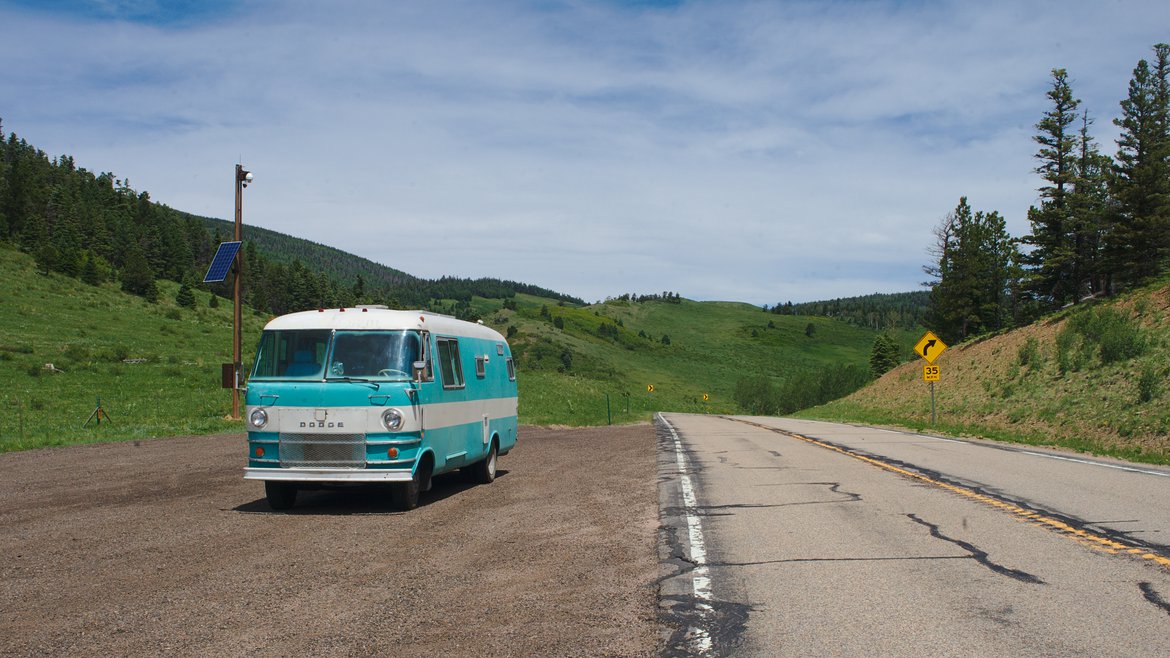
The final grade up to the pass was a long, winding, steady climb with no breaks. It was too much. I dropped to about ten miles an hour and then five and then I felt the transmission slip. Because I am an extremely luck person, the only pull out on the entire grade was about 50 feet back from where I was and so I gave up.
I cut the engine and rolled back down, backing into the turnout (a private dirt road really) and shut the bus down. I probably could have sat there, let the engine rest and cool for a while and the given it another try. But I knew from the maps that the pass wasn’t the end of the climbing. After the pass the road went down about 1000 feet and then back up 1500 more to the campground. It just wasn’t going to happen.
Like Kenny Rogers’ said, you got know when to fold ‘em.
I let the engine rest a bit, called Corrinne back and then we started back down. We made it down to a lower, larger pullout and parked the bus so we could scout around and maybe find somewhere to boondock for a few nights. We headed up into some National Forest land on a dirt road that eventually led to a campground, but had plenty of boondocking spots on the way. We know this because they were all full of happy looking van dwellers and RVers. Damn you Colorado in the summer time.
Eventually we made to all the way up to the lower campground, which was still at 9500 ft. It was beautiful, tucked in an aspen grove on the edge of an alpine meadow with crystalline, wildflower-lined streams cascading down the mountainside seemingly everywhere. There aren’t many places where you can drive to scenery like that, usually you have to strap on boots and hump it over the mountains on foot to see alpine meadows.
We sat there for a while and debated whether or not the bus could get up the road. I still don’t know, it might have. But it turns out there are some consequences to driving, rather than walking, to an elevation like that.
I’ve never really suffered much from altitude sickness, I get it a little bit, dizziness usually, but I’ve seen more acute symptoms in plenty of hiking companions — dizziness, nausea, disorientation, confusion. It’s rather difficult to describe if you haven’t experienced it. Usually you can just sleep it off and be fine the next morning, but with everyone a little off, and the bus not running as well as I’d like, it was an easy call. We headed back down to Trinidad. If we want to camp in an alpine meadow we’ll do it the right way — by hiking to it.
Getting down the mountain was nerve wracking for me, not because of the drive, but because I was unsure what kind of gas mileage I had been getting on the way up and I had calculated the gas such that we’d just make it to the gas station on the other side (I was trying to keep weight down). Going back the way we came meant adding 20 miles to the drive, which eliminated the 2-3 gallon cushion I’d calculated. I was sweating by the time we neared Trinidad, not entirely from the heat, but I did make it to a gas station. I paid mountain gas prices and was happy to do so.
By then it was near dinner time and everyone was tired, frustrated, hangry and cranky. We grabbed one of the last hotel rooms in Trinidad, took some showers and headed out for burgers. Really good burgers as it turned out, bison burgers and fries at the What A Grind Cafe, which also served up a proper pour of Guinness, something that goes a long way to getting your tail out from between your legs at the end of a long frustrating day.

The next morning we decided to go ahead and stay in the Trinidad area for a while. It was sunday so there were campsites available again. And it was warm, about the mid 90s during the day, but it wasn’t too bad because there was a reliable breeze to keep things bearable. At night the temperature dropped quickly in the evenings so putting the kids to bed was fine and we could always use the van to head up into the mountains if we really needed to get away from the heat.
We managed to get a campsite with a view at the far end of the campground. We went hiking, I made a few repairs to the bus, I got some work done to pay the bills and just generally relaxed.
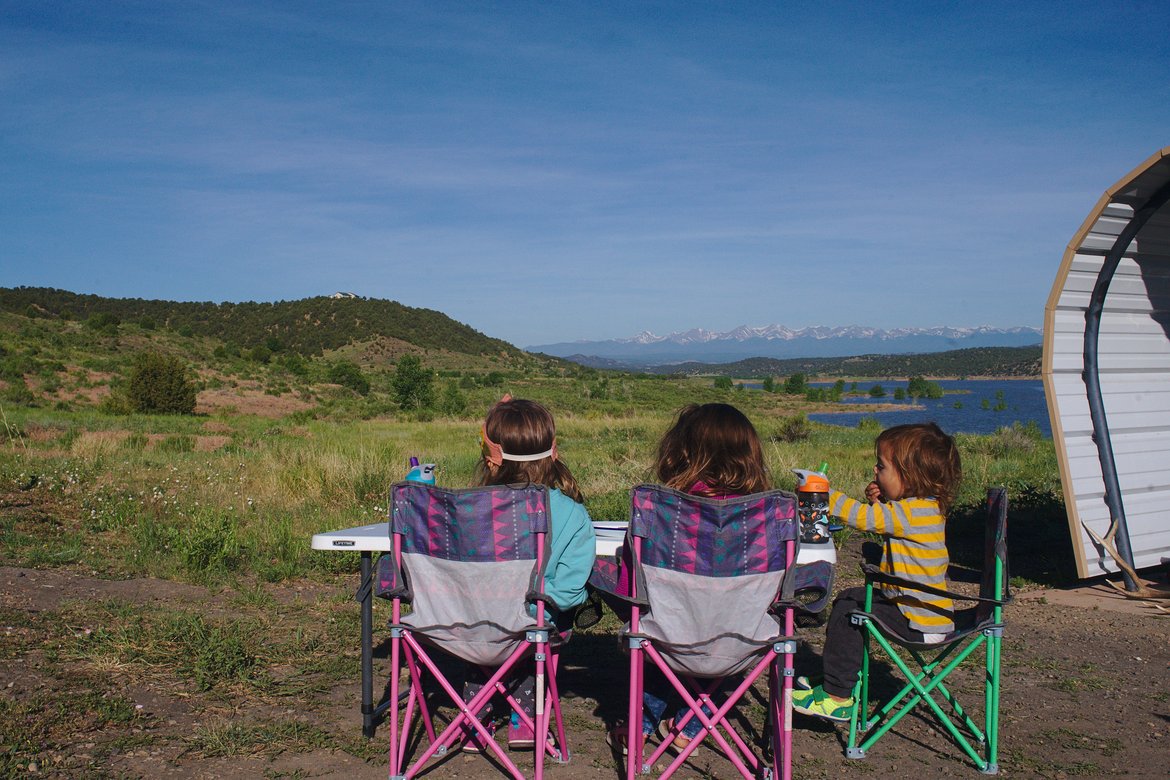
The water pump that came with the bus — which sounded a bit like a jet engine when it was running — gave out one day and so we drove out to an RV supply shop to get another one and discovered an abandoned mining town on the way.
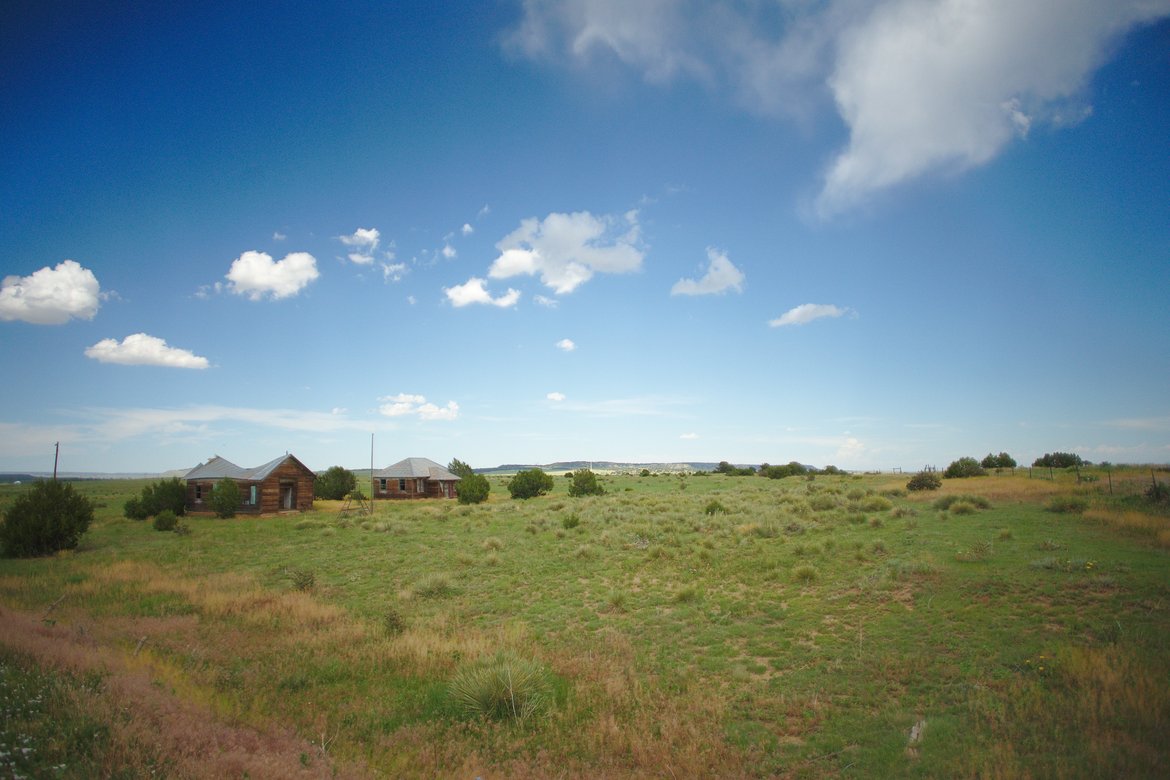
Our friend Mike was headed from Paonia, CO to Texas and since Trinidad wasn’t far out of the way he stopped by and camped with us for a night. He happened to have some Elk antlers, which entertained the kids for a good solid 6 hours or so.
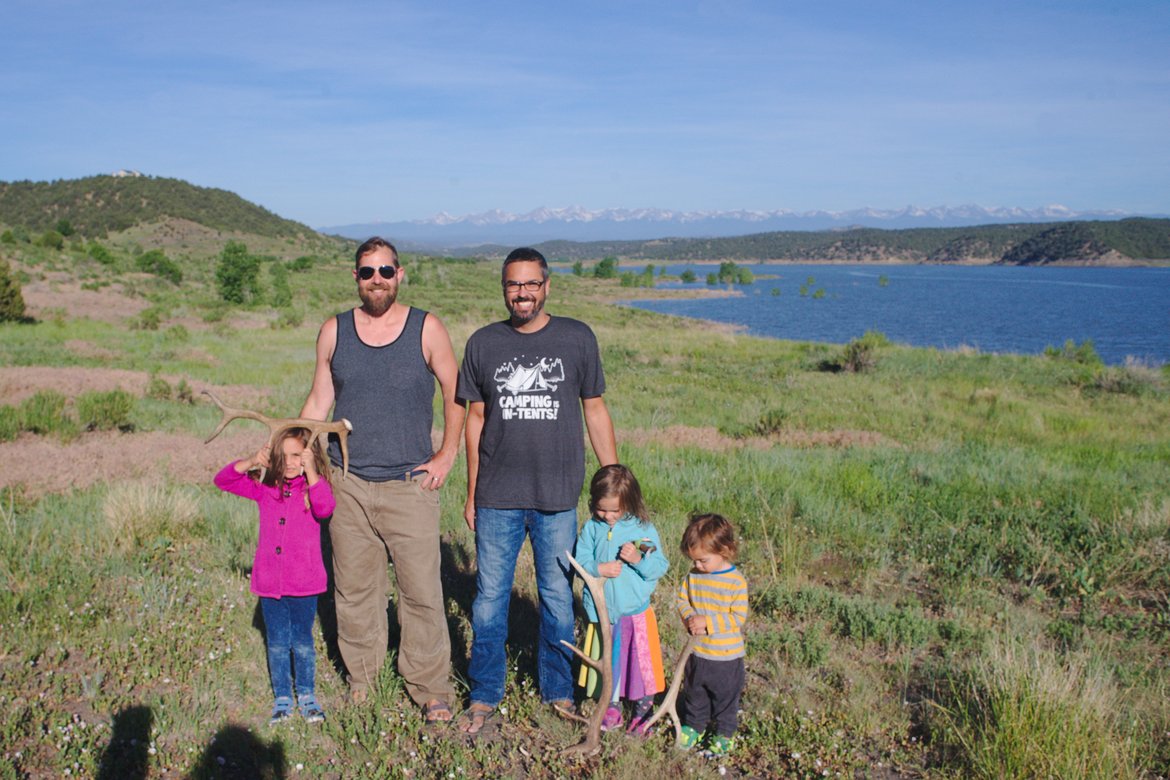
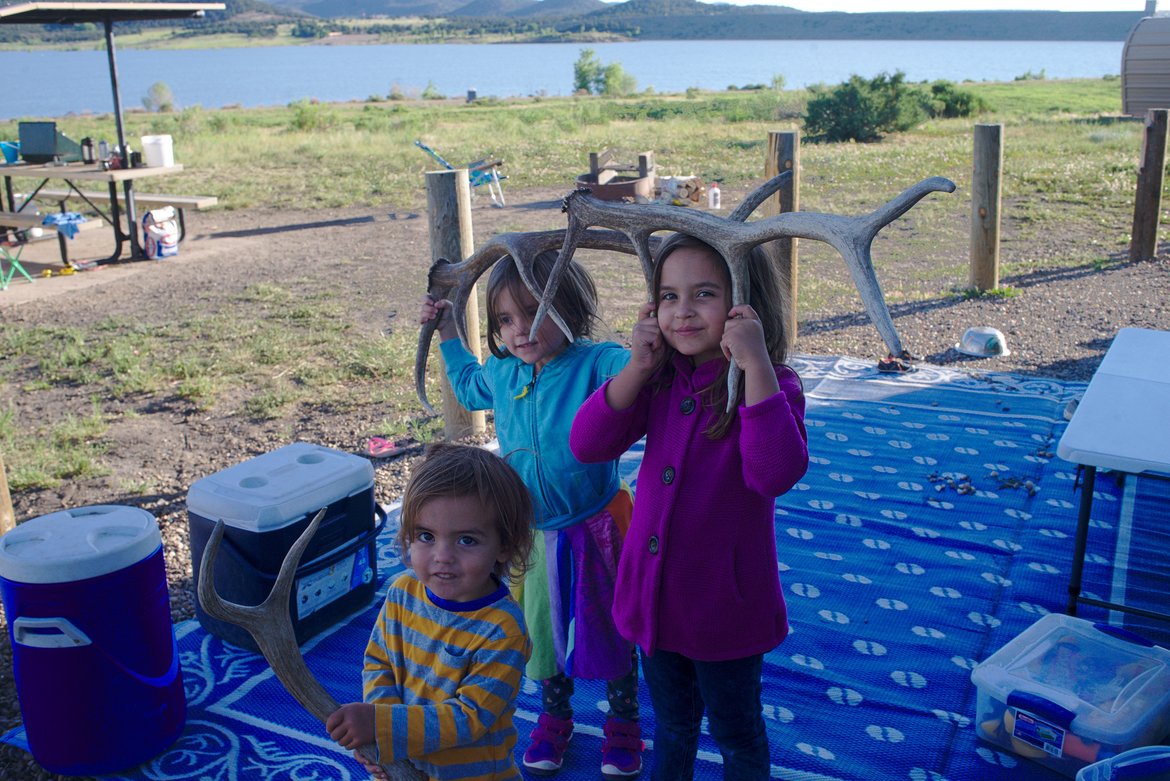
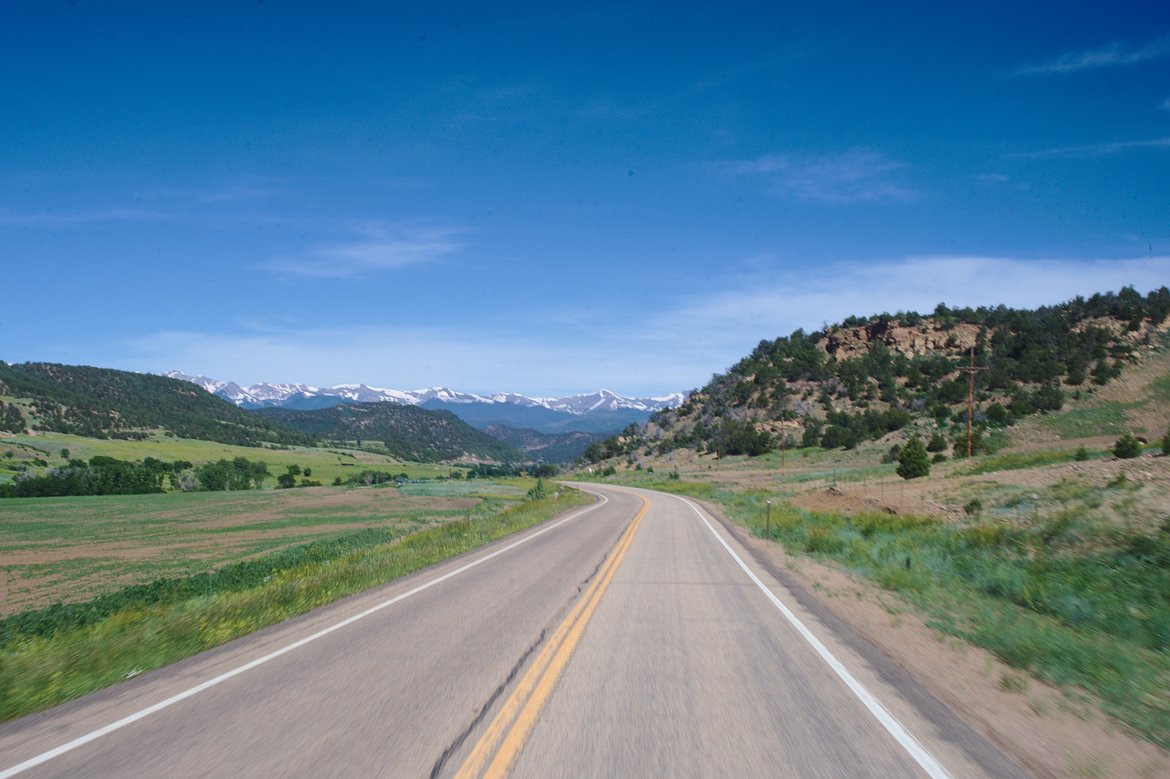

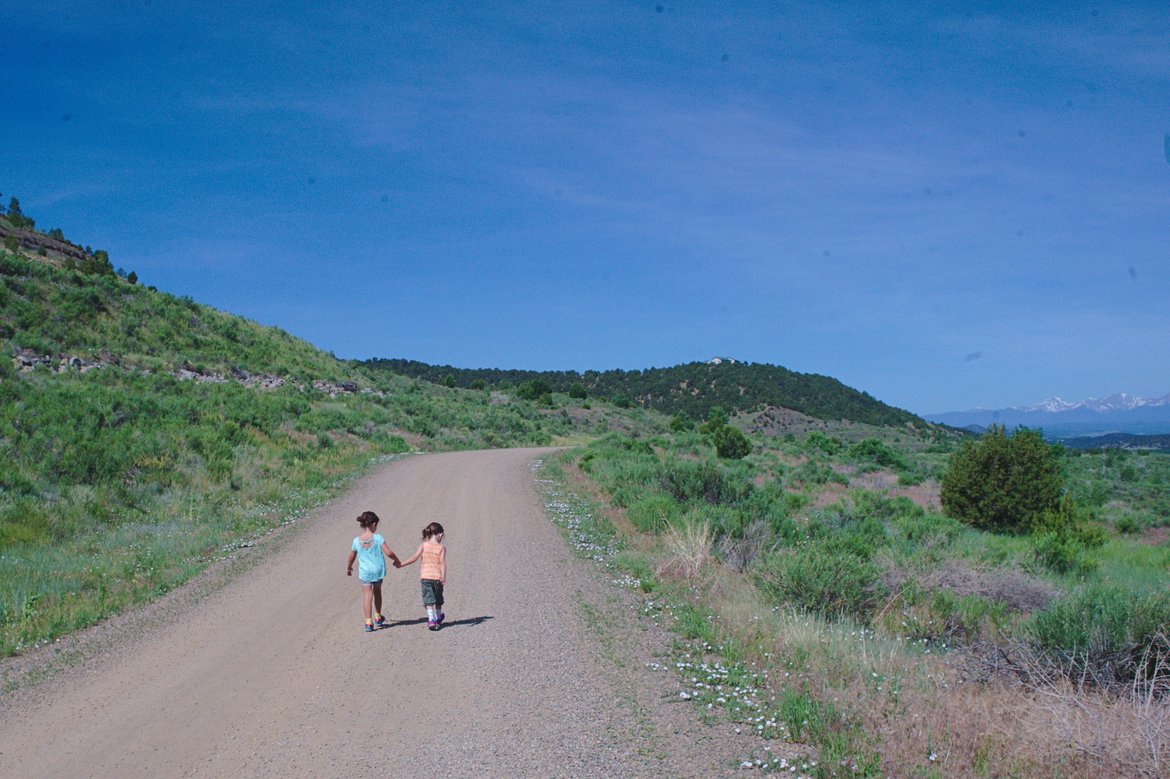
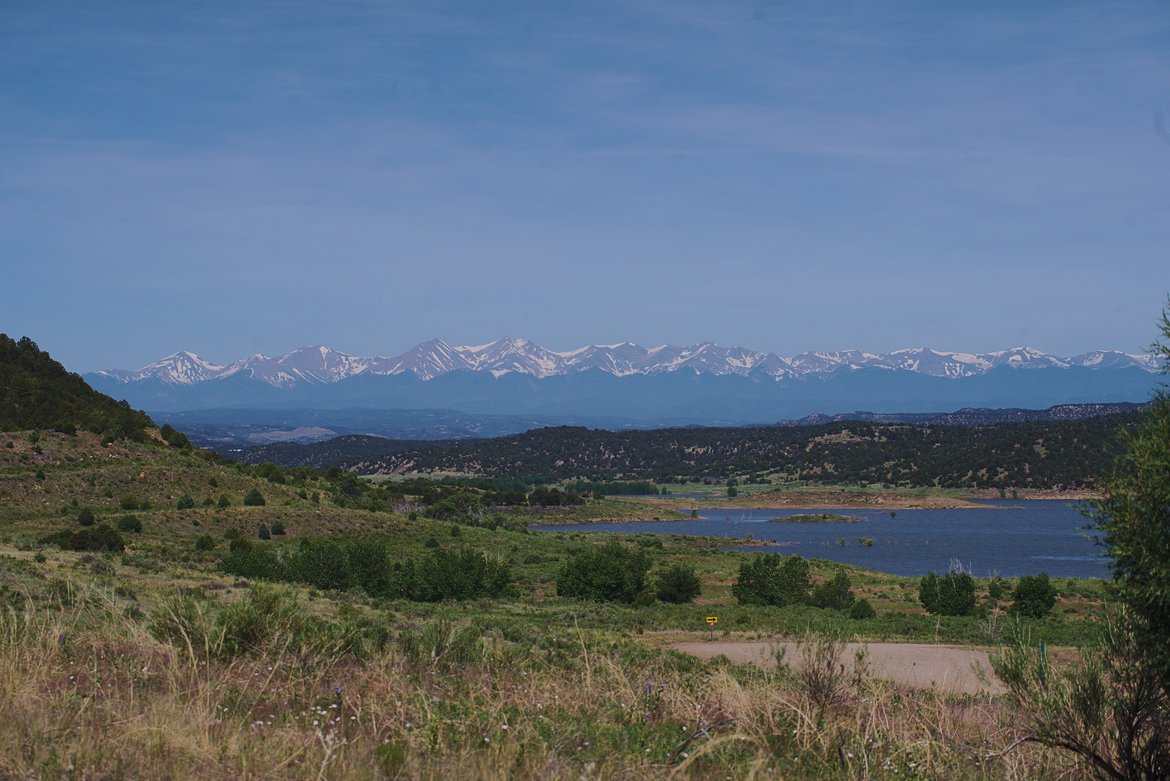
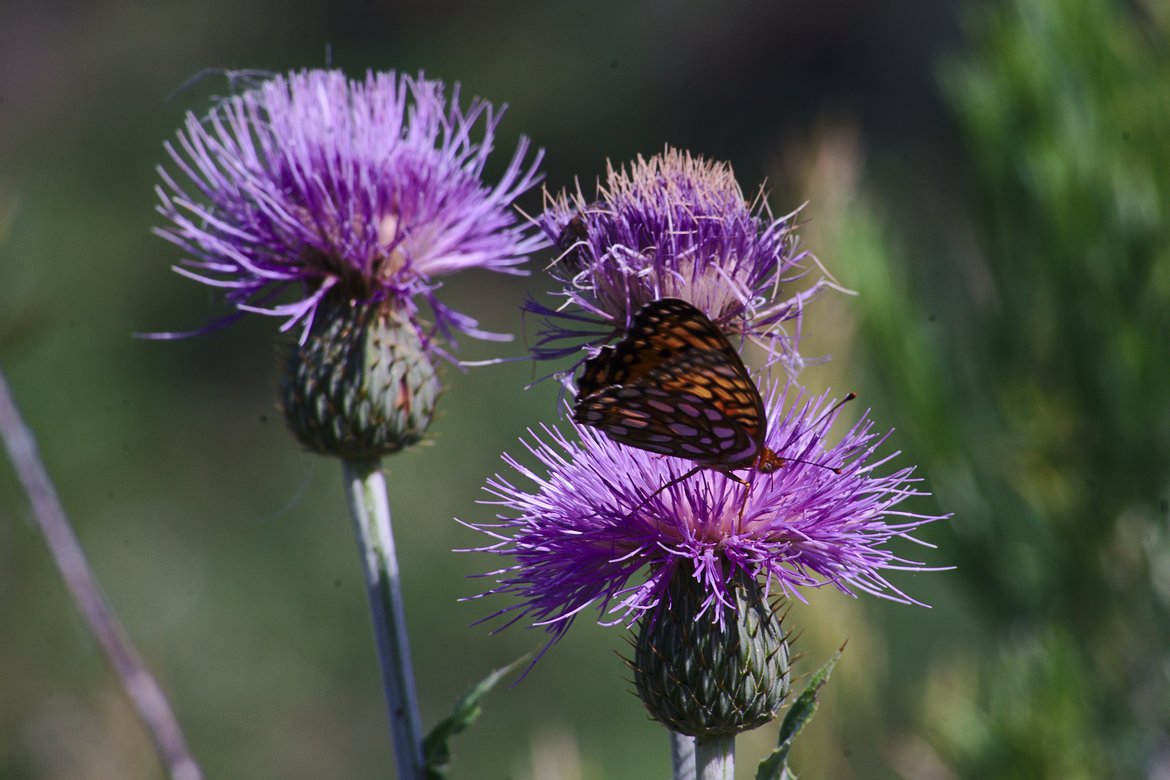

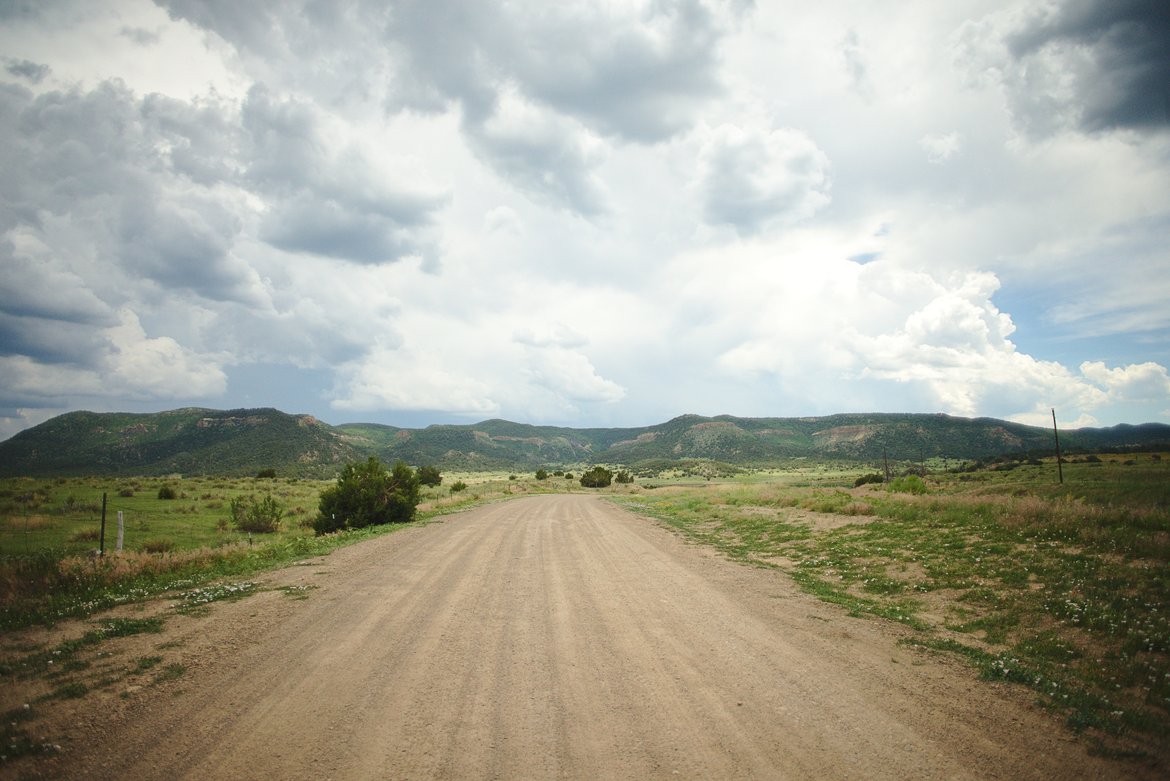
1 Comment
Nice pictures :)
Thoughts?
Please leave a reply:
All comments are moderated, so you won’t see it right away. And please remember Kurt Vonnegut's rule: “god damn it, you’ve got to be kind.” You can use Markdown or HTML to format your comments. The allowed tags are
<b>, <i>, <em>, <strong>, <a>. To create a new paragraph hit return twice.